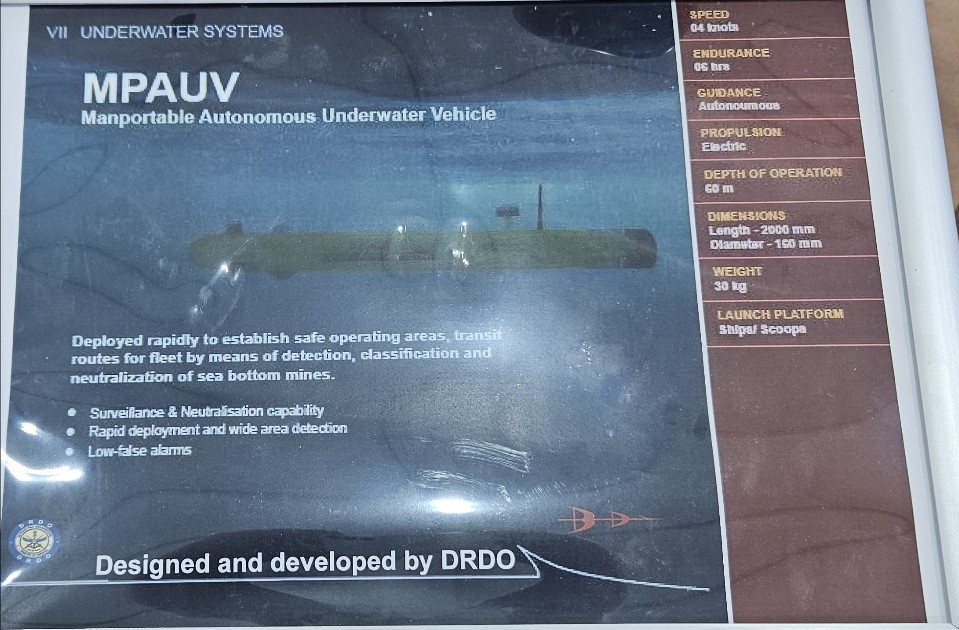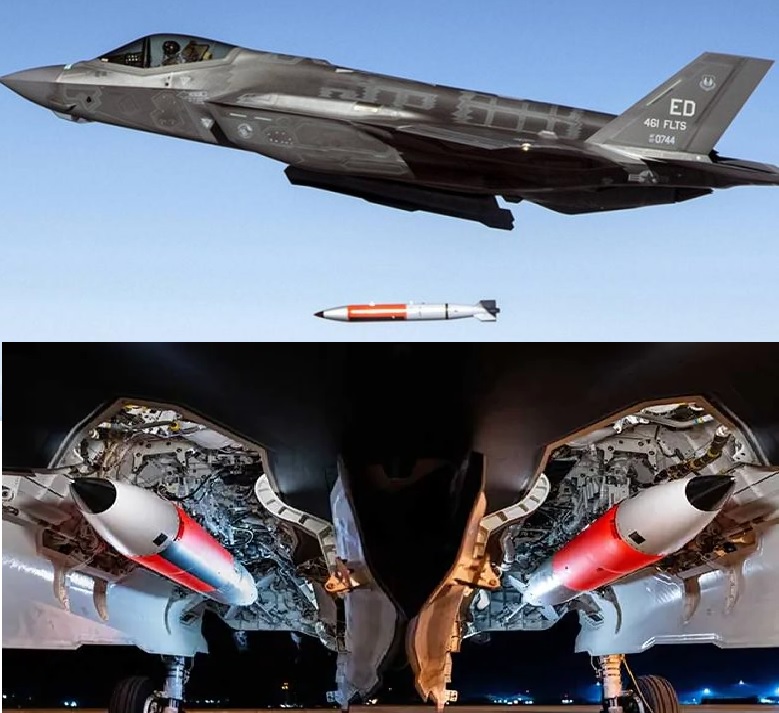Indian Army and IAF to Place Initial Order of 17 DRDO's 10 KW Anti Drone Laser Wepon

The Defence Research and Development Organisation (DRDO) is set to deliver an initial batch of its laser-based counter-drone system to the Indian Army and the Indian Air Force (IAF), marking the first induction of this class of weapon system in India. The system, designated the Integrated Drone Detection & Interdiction System (Mk-2) (IDD&IS Mk-2), boasts a 10 kW directed-energy laser and an engagement range of up to 2 km.
Initial Order & Future Plans
Details emerging from defence sources indicate that the Army and IAF will place an initial order for 17 units of the IDD&IS Mk-2. The quantity is modest by major procurement standards, but reflects caution: this is a “first series” deployment, ahead of further orders pending full operational satisfaction by the services. According to officials, “once the armed forces are satisfied with system performance, follow-on orders will be placed.”
Officials emphasise that, worldwide, very few militaries have field-ed pure laser anti-drone weapons, so the Indian decision to procure initially is seen as prudent.
System Specifications & Role
The IDD&IS Mk-2 incorporates detection, tracking and hard-kill interdiction of unmanned aerial vehicles (UAVs). It uses a 10 kW laser module capable of focusing sufficient energy to disable or destroy small hostile drones within approximately 2 km. The system integrates radar or electro-optical sensors for detection, and combines ‘soft kill’ methods (signal jamming/spoofing) with the high-power laser for ‘hard kill’.
While DRDO has not publicly confirmed all technical details of the Mk-2 version, informed commentary notes the 10 kW figure and ~2 km range as key performance parameters.
Strategic Context & Global Landscape
Laser-directed energy weapons (DEWs) remain at the cutting edge of air-defence technology. Until recently, only a handful of countries—such as Israel, the United States and China—have publicly deployed or demonstrated such systems. Indian procurement of the IDD&IS Mk-2 is therefore significant: it not only addresses the growing threat of drone proliferation but also marks a step toward future high-energy weaponisation.
Defence analysts say that by placing a limited initial order, the Indian services are balancing “early adoption” of advanced technology with risk management: operational reliability, maintainability and cost per engagement still need to be proven in realistic conditions.
DRDO’s Higher-Power Laser Programme
Parallel to the IDD&IS Mk-2, DRDO is working on laser systems of much higher power. In April 2025 it publicly demonstrated a truck-mounted 30 kW laser weapon system (Mk-II (A)) at the National Open Air Range (NOAR) in Kurnool, capable of engaging drones, helicopter-type aerial threats, sensors and surveillance antennas.
The 30 kW system reportedly uses multiple laser modules combined to achieve high output and is aimed at “hard kill” of targets at longer ranges (up to 4 km in some reports). DRDO has also declared that development efforts are ongoing for even higher-power systems (50-100 kW class) to counter cruise missiles, incoming missiles and more resilient airborne threats.
Implications & Next Steps
For the Army and IAF, the adoption of the IDD&IS Mk-2 provides a new layer of drone defence—one that goes beyond traditional kinetic interceptors or jamming. The laser system offers very rapid engagement, reduced logistical burden, and potentially lower cost per shot.
The modest initial order of 17 units suggests that the services will evaluate the system under field conditions—deployment, maintainability, weather/optics challenges, integration with command networks—before larger scale procurement. DRDO and industry partners will likely accelerate work on follow-on lasers and ruggedisation of the system.
From a manufacturing perspective, DRDO’s involvement signals that the Indian defence eco-system is moving toward greater self-reliance in directed-energy weapons.
Caution & Operational Considerations
While the technology is promising, practitioners caution that lasers have practical limitations: weather, line-of-sight constraints, thermal blooming, target coatings, and power-management demands. Field trials and service use will reveal how well the Mk-2 system handles these real-world factors.
Also, the fact that very few laser DEWs are deployed in combat means that proof of concept remains emerging. This underlines why India has opted for an incremental procurement trajectory.
✍️ This article is written by the team of The Defense News.





